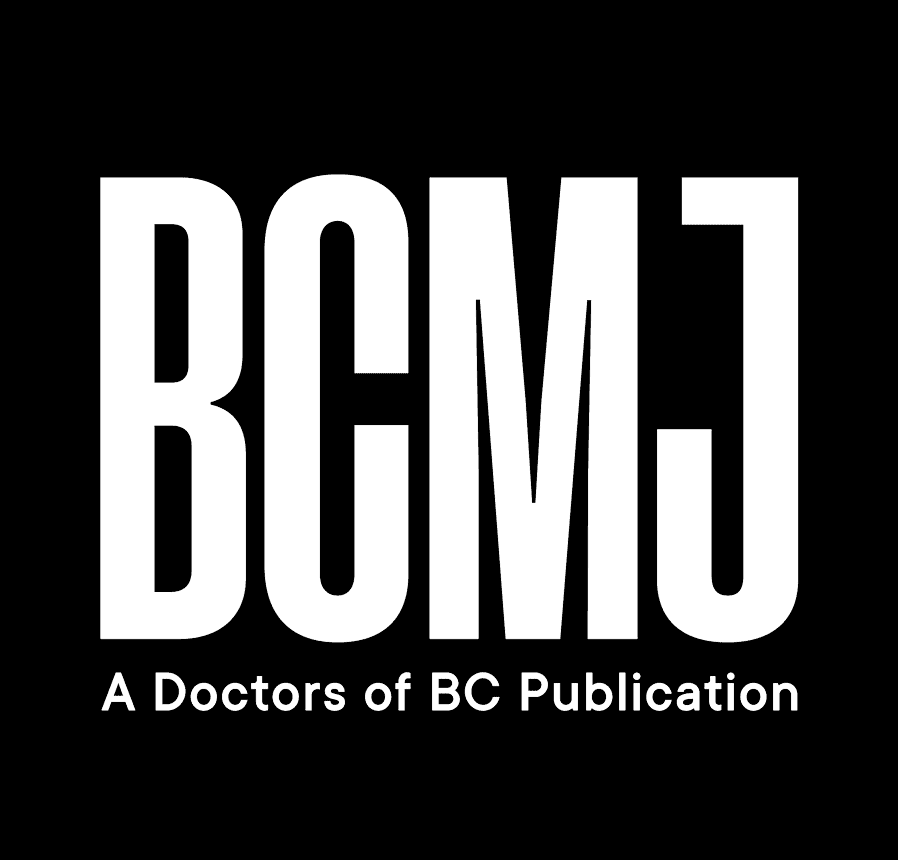Re: Doctors need electronic health records to work for us, not the other way around
Kudos to Drs Tseng and Lee for their informative and important letter on health care system digitization using the Cerner electronic health record (EHR) system.[1] The points raised in the letter, including shifting administrative tasks to physicians, increasing physician workload, and EHR impacts on patients and physicians, are timely and important. We share the authors’ frustrations, and others have reported similar experiences.[2-4]
Many of us with previous experience using other EHR systems have been disappointed with Cerner for some of the reasons raised in the letter, including complex workflows, incomplete data linkages, and increasing workload. We recognize that similar problems exist with other EHR systems. However, more testing and tailoring could potentially have been done before the implementation of Cerner to enhance its effectiveness. As Cerner is a program with some separate components, such as front-end speech recognition and data linkages to other provincial databases, it is likely possible to modify its components individually to make the program function more effectively. This could be tested against other EHR systems. Presumably, incorporating artificial intelligence tools (for example, voice commands and dictating notes) could simplify Cerner. Additionally, Cerner’s confusing function-related icons add to the cognitive workload and frustration. It would be helpful for Cerner to study and improve the user experience. This likely has consequences for patient care and patient safety. Organizations implementing EHRs should construct a framework for users to express frustrations and offer suggestions for improvement.
This topic is important to health care in British Columbia and requires much more extensive evaluation and attempts at modification for improvement. It is suitable for an article or an issue of the BCMJ, not just a Letter to the Editor.
—Charles Krieger, MD, PhD, FRCPC
Vancouver
—Helen Monkman, PhD
Victoria
This letter was submitted in response to “Doctors need electronic health records to work for us, not the other way around.”
hidden
 |
| This work is licensed under a Creative Commons Attribution-NonCommercial-NoDerivatives 4.0 International License. |
References
1. Tseng OL, Lee E. Doctors need electronic health records to work for us, not the other way around. BCMJ 2024;66:283.
2. Ball SL, Rucci JM, Molloy-Paolillo BK, et al. “For the first time . . . I am seriously fighting burnout”: Clinician experiences with a challenging electronic health record transition. JAMIA Open 2024;7:ooae067. https://doi.org/10.1093/jamiaopen/ooae067.
3. Ahlness EA, Orlander J, Brunner J, et al. “Everything’s so role-specific”: VA employee perspectives’ on electronic health record (EHR) transition implication for roles and responsibilities. J Gen Intern Med 2023;38(Suppl 4):991-998. https://doi.org/10.1007/s11606-023-08282-5.
4. Henry TA. 7 EHR usability, safety challenges—And how to overcome them. American Medical Association. 11 December 2023. Accessed 4 February 2025. www.ama-assn.org/practice-management/digital/7-ehr-usability-safety-challenges-and-how-overcome-them.
